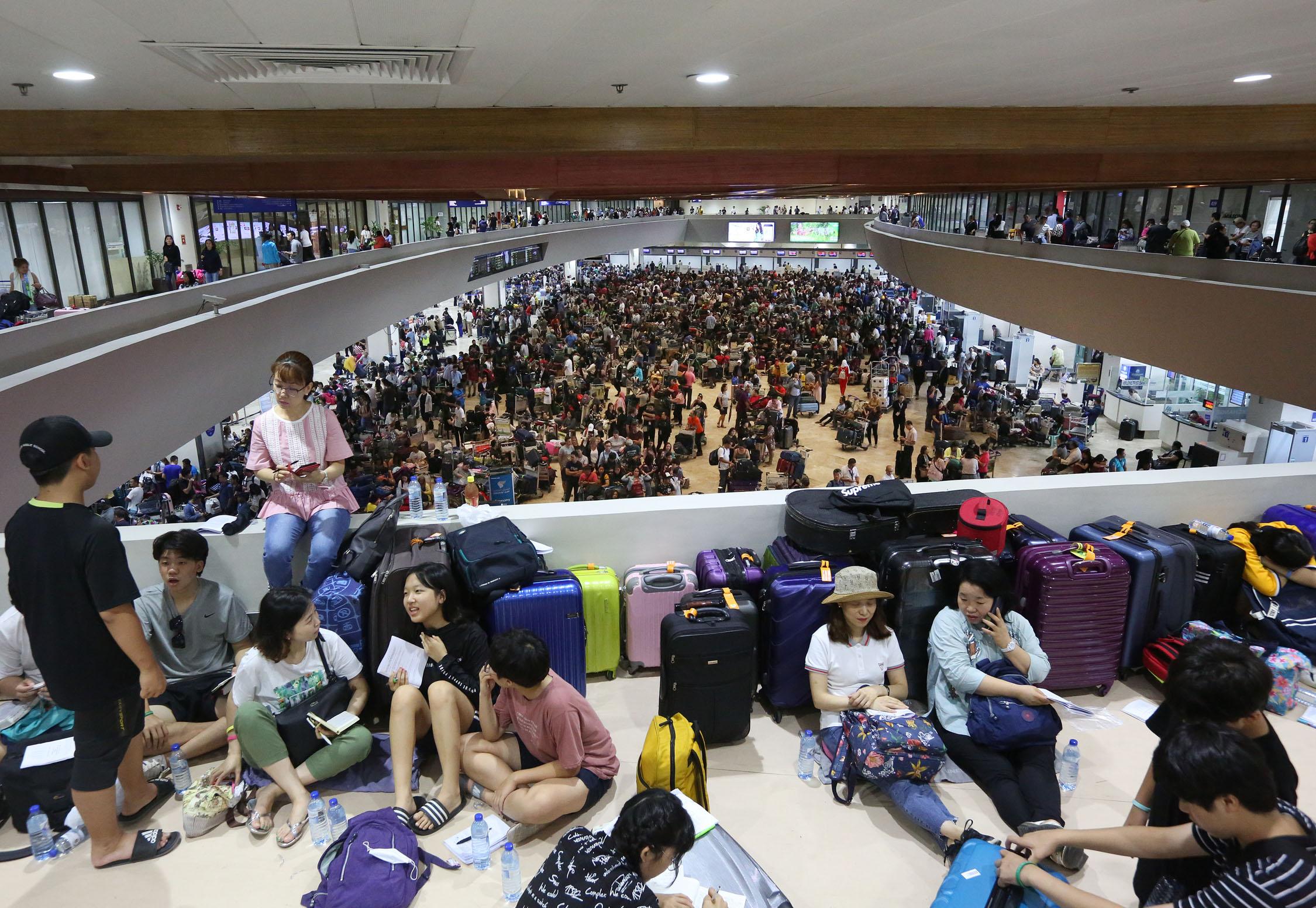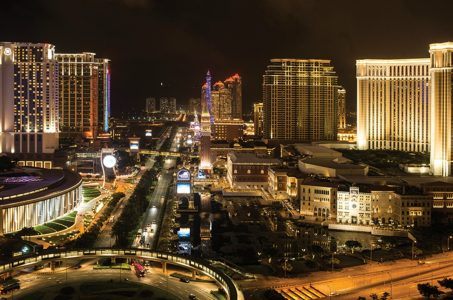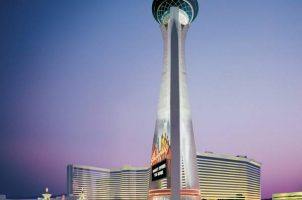Philippine Casinos Would Benefit From Better Airport Infrastructure
Posted on: November 3, 2018, 10:00h.
Last updated on: November 2, 2018, 06:56h.
Casinos in the Philippines would benefit with more resilient VIP high roller play if the country invested in improving its airport facilities, a research note opines this week.

Japanese financial services firm Nomura Holdings says in a note this week that the aging airports in the Philippines are preventing more wealthy visitors from patronizing the country’s gaming resorts. Specifically, Nomura opines that better facilities would attract more affluent Chinese travelers, which in turn would lead to higher VIP play for casinos.
“The Philippine gaming industry is still mostly driven by the ‘grind’ market, but improving Philippine-China relations and the possible resolution of airport bottlenecks could translate to a major bump-up in VIP business,” Nomura stated.
GGRAsia, a media outlet focused on Asian gaming markets, was first to relay the outlook.
Ninoy Aquino International Airport is Manila’s main air hub. The airport served 42 million passengers in 2017, making it the 44th busiest airport in the world.
Airports Need Liftoff
Manila’s Entertainment City, home to the largest integrated casino resorts in the Philippines, is less than two miles from the Ninoy Aquino airport. Billions of dollars have been invested in constructing luxury properties including Solaire, City of Dreams, and Okada Manila.
A flight from Shanghai, China’s most populated city, to the Filipino capital, is under four hours. But Nomura says the vast majority of gaming still comes from locals, and blames the airports for that reality.
The Philippines currently lags most ASEAN (Association of Southeast Asian Nations) peer countries in terms of quality of airport infrastructure,” Nomura stated.
Key Philippine airports are bottlenecked, with six of the top 10 international airports currently operating above designed passenger terminal capacity and with the runway for the largest airport (Ninoy Aquino) already operating close to its maximum limit.”
Nomura concluded that expanding existing airports, or building new ones, would lead to more quality visitors traveling to the country’s casino resorts.
Revenue Strong, Could Be Better
Nomura believes the airports are holding back VIP play, but the gaming industry in the Philippines is still enjoying a prosperous year.
Last week, the Philippines Amusement and Gaming Corporation (PAGCOR) revealed its land-based gross gambling revenue (GGR) through three quarters of 2018 totaled around $940 million. That represents a nearly 19 percent gain on 2017.
PAGCOR is a regulator and operator, and continues to own and manage eight main casinos under its Casino Filipino brand. The agency additionally operates 34 smaller satellite gaming facilities.
Nomura believes the mass market will continue to drive higher GGRs. “The continued health of the domestic economy remains the key driver for the Philippine gaming industry, especially as the mass-market segment accounts for roughly 60 percent of total Philippine casino GGR,” the research continued.
“Mass is more reliable, less volatile, and generally more profitable than the VIP market. Nonetheless, we believe there remains significant upside in the VIP market, especially if the influx of Chinese tourists into the Philippines continues to accelerate,” Nomura concluded.
Related News Articles
Most Popular
Las Vegas Overstated F1 Race’s Vegas Impact — Report
Vegas Strip Clubs Wrestle in Court Over Animal Names
Most Commented
-
End of the Line for Las Vegas Monorail
— April 5, 2024 — 90 Comments -
Mega Millions Reportedly Mulling Substantial Ticket Price Increase
— April 16, 2024 — 6 Comments -
Long Island Casino Opponents Love New York Licensing Delays
— March 27, 2024 — 5 Comments -
Nearly Abandoned Mall Outside Vegas Soon to Have Only One Tenant
— March 12, 2024 — 5 Comments
















No comments yet